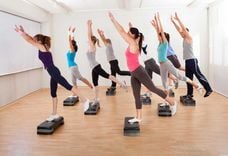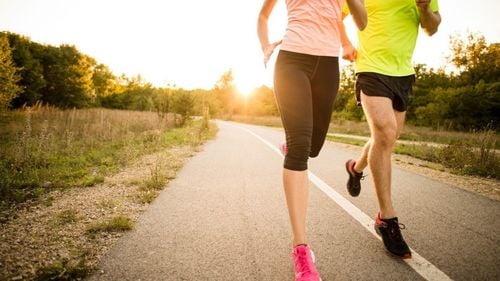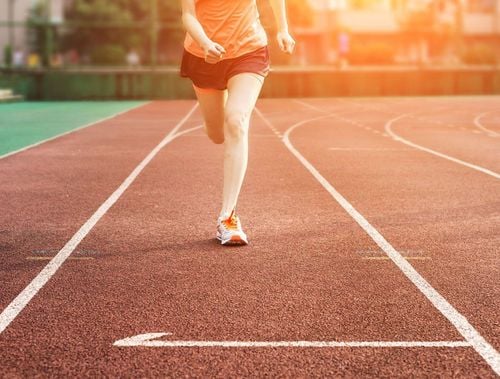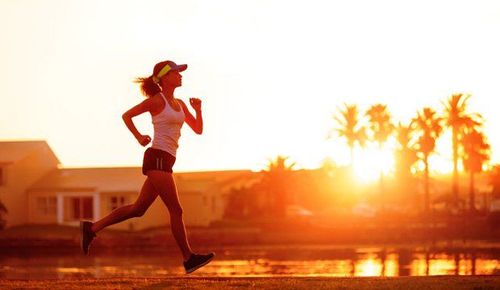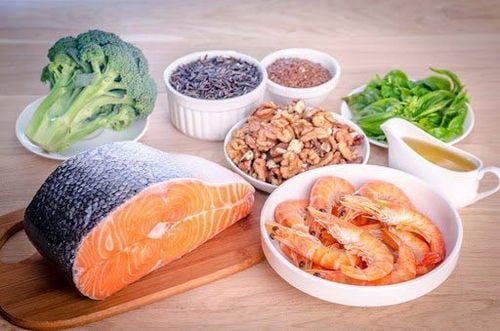This is an automatically translated article.
Some coaches want their athletes to run the first lap slower and then accelerate on the second lap (tone separation), while other coaches recommend running the first lap faster than the second ( positive separation). So which 800m endurance running technique is effective? The following article will help you get the right and effective 800m running technique.1. Definition and classification of 800m . endurance running technique
Race strategy in the 800m is evolving and new questions arise about how to run the 800m fast. Just as there is more than one route to a finish line, there are a number of training methods that can be used to lead an athlete to reach their potential as an 800 meter runner. However, what can be helpful at the outset is to clearly define the types of athletes you are training. The 800 meter runners can be grouped into three distinct categoriesHigh-speed 800m Run Versatile 800m run Route 800m run High-speed 800m runs best for relatively fast workouts with high numbers limited repetitions and long recovery time. This group will tire easily, so much so that coaches will sometimes question whether they are practicing hard enough. The repetitions of these athletes often do not guarantee the necessary distance, even 600m.
All-round 800m runners are athletes who can run this distance with varying requirements quite well but not necessarily excel in any aspect. They will train at reduced intensity but will have a shorter recovery time and will handle significantly larger volumes. This group will sometimes train with one of two groups depending on the workout design and what the trainer wants to achieve in the particular session.
Running 800m according to the route will train at a slower pace but their volume is significantly larger. This group will take longer to recover from the track workout.
Besides knowing your athletes well, it's obviously important to understand the requirements of the types of competition they participate in. When planning training, keep the theory of specificity in mind. Coaches are training their athletes to reach their maximum potential. Reaching their potential requires athletes to train in a very specific way.
Anaerobic (LA) systems generate most of the energy during high intensity runs of 1-3 minutes where oxygen demand exceeds oxygen supply. The eight-hundred-meter run is most effectively developed by repeating high-speed runs in intervals of forty to ninety seconds.
The aerobic (O2) system is best developed by running repeatedly for at least three (3) to five (5) minutes when the athlete is taking in maximum oxygen. Maximum oxygen uptake can be determined by the rate at which an athlete can sustain for twelve minutes.
The implementation of these physiological principles requires a well-prepared plan. The most important factor is timing: having the time means doing everything at the right time and having the time when you want your athlete to be at their peak. When planning your training, it's important to count down from the competition week onward. Remember that each training cycle should not exceed 4-6 weeks as the training effect will decrease to a minimum after 6 weeks. In the early part of the season, the emphasis should be on running technique rather than intensity. Play to the athlete's strengths. This is why we need to categorize 800 meter runners into the aforementioned 3 categories. You must have a training mix throughout the training year, which reflects the energy system you need to stimulate. Speed should always be improved (in the form of speed exercises, speed endurance, and aerobic conditioning).
Athletes' focus on the speed component will change as the coach adjusts technique and intensity but keep in mind that sudden changes are more prone to injury. Avoid abrupt changes from one form of training to another.
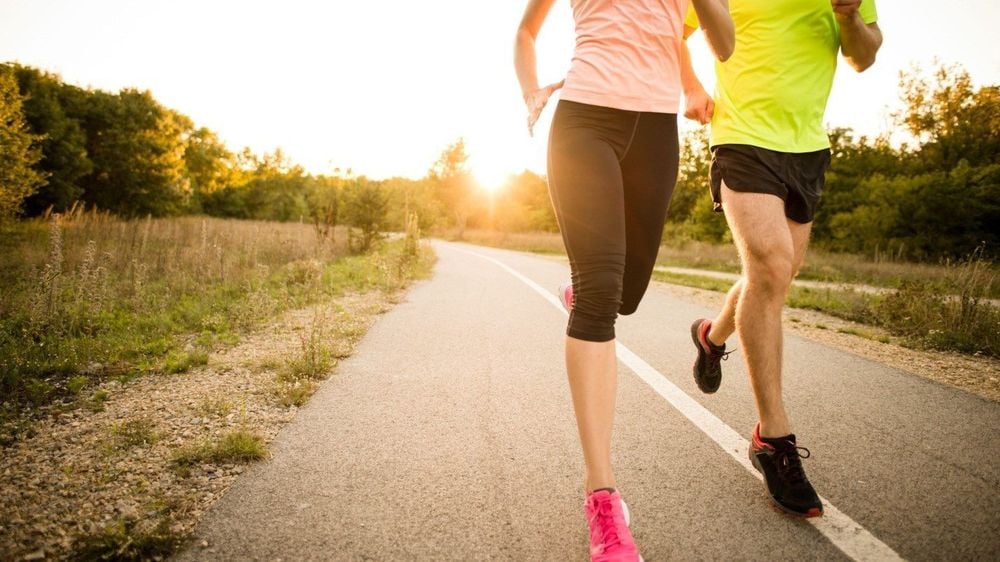
Chạy 800m chia thành 3 nhóm là tốc độ cao, đa năng và theo lộ trình
2. Technical training to run 800m for the season
2.1. Early in the season Sports centers are turning to the trend of rebuilding their facilities and emphasizing aerobic conditioning. New England high school athletes may have completed the indoor season before or shortly after the February break, and hopefully they've had the self-discipline to start this phase before team practice begins. on Mondays and Tuesdays of March. Speed is not neglected at this stage but the focus is on developing the aspects necessary to enable the athlete to execute their speed over the entire distance. Before the start of the season, athletes can do 3 quality workouts per week. Athletes will do 1 or 2 high-intensity training sessions and 1 training session per week (depending on their recovery) when the competitive season begins. Seasonal meetups can be used as part of a training program by turning them into cavalry drills. Sprinters probably rarely (almost never) race anything over 800 metres.In the early stages, trainers emphasize on their sprint 2 components: aerobic conditioning and AT (anaerobic threshold = heart rate to 168-172 bpm). Speed endurance is not ignored but it is only second priority. One exercise that coaches often use is the 600m sprint repeated many times. It is possible to reduce to 300m, but in general, the total distance of athletes must run does not exceed 2300-2600m.
This group rarely runs long distances. They do steady-state runs by doing 1000-1200m journey intervals with 60-second rest periods. Hills are often used during this phase to develop overall strength. Recovery runs can be in the form of 100, 200, and/or 300 tempo. The 5-person 200m continuous relay at 75% is a moderately easy workout that athletes do on a regular basis. However, it is important for athletes to perform this exercise at 75%.
2.2. Mid-season Training intensity will increase as athletes' performance improves. For example, in the early part of the season, the top boys started doing the 600-300 workout at a pace comparable to walking.
Athletes don't have to run the same type of exercise from week to week. In fact, moving your athlete around will prove beneficial to their all-round development.
This type of interval continues with the AT "running pacing" (or cruise interval) in the mid-period while introducing the "day-paced" interval. We set this speed by determining how far they can run in 12 minutes.
Cross-country runners also had a similar pattern as their 900m-300m exercise example decreased as the mass increased. This group can tend to be scattered at this point as some members may spend more time on the track than others. This group tends to run in a broader range of exercises than in the
group. Again, the dual response requirements will determine the number of quality sessions that can be done during the week. Steady-state sessions/cruise intervals play a secondary role in this phase as workouts need to begin to "mimic" the event-specific nature of being primarily anaerobic.
2.3. End of Season During this period, athletes should rest for 7-14 days before important competitions. I don't emphasize speed to the extent that magazines and texts favor it because of the number of double encounters we've had to run throughout the season. I feel that most high school athletes have had plenty of opportunities to "sharpen" in the dual encounter schedule.
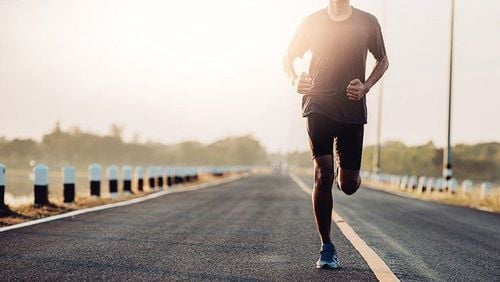
Sẽ có sự khác nhau về luyện tập kỹ thuật chạy 800m giữa các thời điểm trong mùa giải
800m is a middle distance race where athletes need a lot of speed and endurance to win the whole race. Over the years there has been a lot of debate about whether more athletes should train in terms of speed or endurance for the best results. Some teams focus on speed while others focus more on endurance. However, the most effective solution is probably to train athletes on an exercise basis suitable for the phases of the season
Please dial HOTLINE for more information or register for an appointment HERE. Download MyVinmec app to make appointments faster and to manage your bookings easily.
References: everythingtrackandfield.com, il.milesplit.com, speedendurance.com


